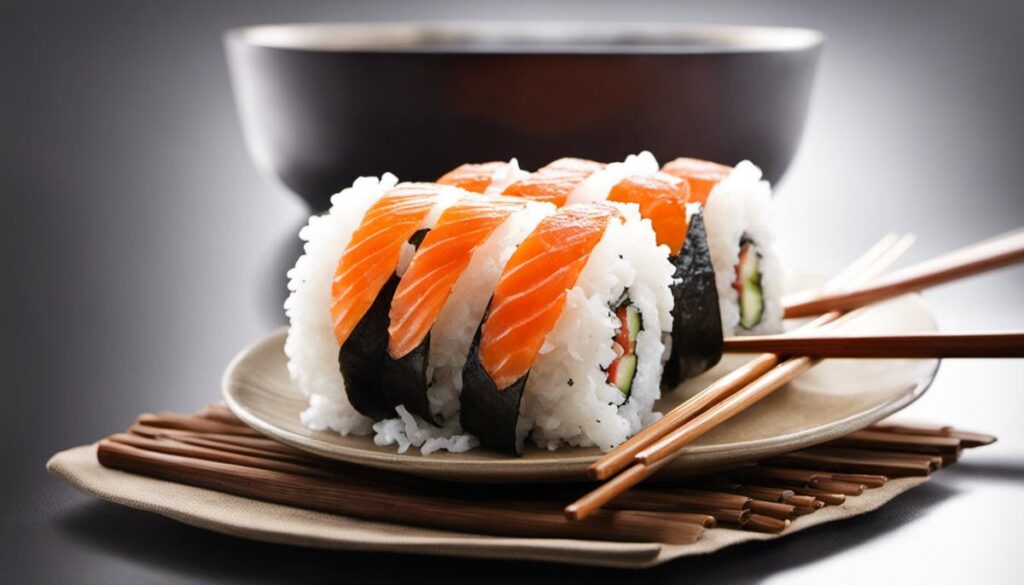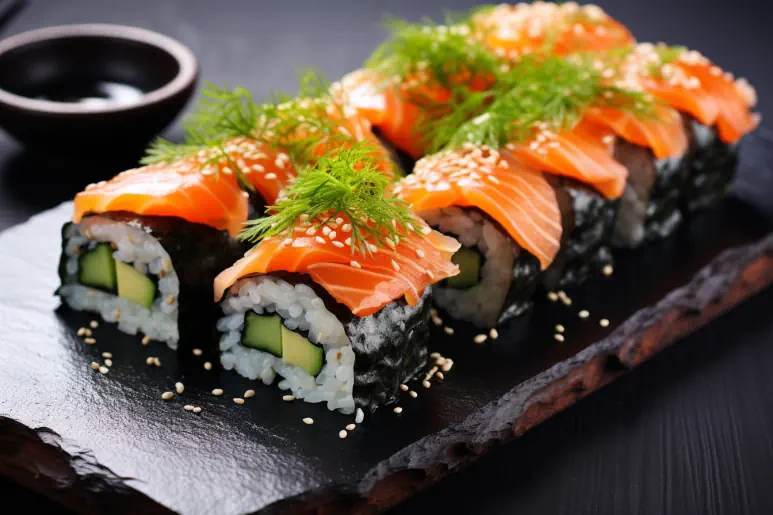The fine art of traditional nigiri sushi can be a stimulating and rewarding challenge for any enthusiast or hobbyist. Mastery of this culinary masterpiece begins with understanding its basic components: sushi rice and fish. Sushi rice is the foundation of any nigiri sushi and requires precise and careful preparation to achieve the optimal consistency. For the handy shaping of the rice you need sensitivity and technique. The selection and preparation of the fish is similarly crucial. Nigiri sushi requires fresh, high-quality seafood, which must be sensitively filleted and prepared to bring out the right balance and delicacy of flavors.
Preparation of sushi rice
Title: The Secrets of Making the Perfect Sushi Rice
Sushi is a true art form. A delicate balance between subtle flavours and textures that combine to create an explosion of flavours that is second to none. The key to incredible sushi lies not so much in the quality of the fish, although that is certainly important, but rather in the often overlooked hero of sushi cuisine: the rice.
Cooking sushi rice is not an easy task, but with a little preparation, the right ingredients, and a true knack for detail, you can make the perfect sushi rice!
First of all, it is important to choose the right rice. Short-grain rice, especially the Japonica variety, is ideal for sushi. This rice becomes sticky during cooking, which is perfect for making sushi.
The first thing to do is to wash the rice. Place the rice in a bowl, fill it with cold water and stir the rice gently. Drain the cloudy water and repeat the process until the water runs clear. This step helps remove excess starch and prevents the rice from becoming too sticky.
Now it’s time to cook the rice. To do this, you will need a proportionate amount of water. A general rule is the ratio of 1:1.2 (rice:water). Place the rice in a saucepan or rice cooker, add the water and let the rice rest for 30 minutes. This allows the rice grains to soak up the water before it is cooked.
Then cook the rice over medium heat, uncovered, until the water is completely absorbed. Never combine boiling rice with a metal spoon! It could smash the rice and make it mushy. Use a wooden spoon or spatula instead.
Once the water has evaporated, turn down the heat, cover the pot, and let the rice steam for 10 minutes.
Now for what really makes sushi rice: the seasoning. A mixture of rice vinegar, sugar and salt is incorporated into the still warm rice. It gives the rice that incomparable sweet, salty, and sour flavor that is so characteristic of sushi.
Finally, allow the seasoned rice to cool before processing it further.
And there you have it, the perfect sushi rice! With a little practice and tact, this simple but essential ingredient of sushi will soon become your specialty. It’s a rewarding process that will surely ignite your passion for food preparation and increase the joy of sharing delicious, homemade sushi with friends and loved ones. The preparation of sushi rice is truly a form of culinary expression, a feast of culinary delights that connects everyone.
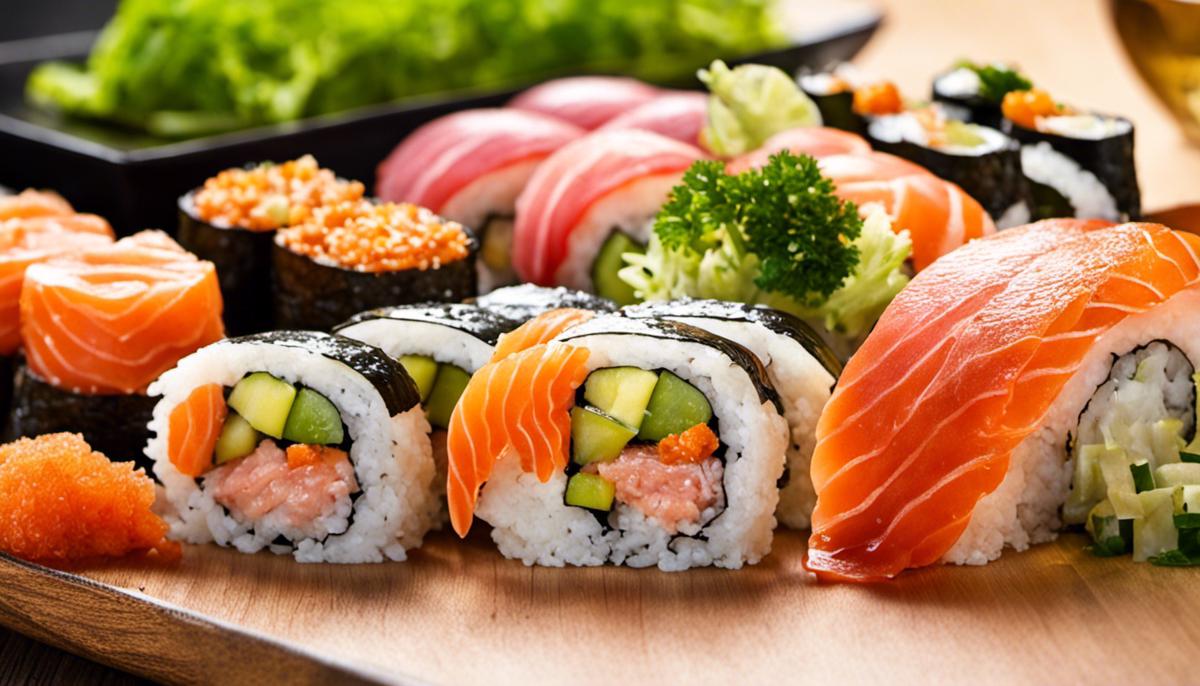
Selection and preparation of fish
When it comes to nigiri sushi, a sophisticated culinary work of art, choosing and preparing the right fish is almost as important as the rice itself. There are, of course, a variety of fish species that go great with nigiri sushi, but some varieties clearly stand out for their flavor and texture.
The light pink tuna, also known as maguro, is a fine choice for nigiri sushi. A well-prepared maguro is characterized by a firm but slightly oily meat that melts in your mouth. The fish should be carefully filleted, and then cut into thin slices that are easy to place over the rice. In traditional Japanese cuisine, the skin of the fish should always be removed before cooking.
Another favorite is the fatty tuna, known as toro. This fish needs to be frozen fresh and then slightly thawed before being thinly sliced and draped on top of the rice. Toro offers a buttery-smooth, almost creamy experience that is second to none.
Yellowtail or hamachi is also a wonderful choice for nigiri sushi. Its rich, buttery flavor and smooth texture provide a delightfully smooth mouthfeel. Before cooking, the hamachi should be filleted and cut into wafer-thin slices.
If you want to follow the spirit of adventure, experiment with squid or ika. Its uniquely elastic flesh forms a delightful contrast to the soft sushi rice. Ika needs to be thoroughly cleaned and blanched before being cut into fine strips.
When preparing nigiri sushi, it is important that the fish is always fresh and of high quality. Each fish is cut differently and sometimes even prepared differently to bring out its specific flavor – a sign of how much care is put into every detail in Japanese food culture. Fish is more than just a staple ingredient in nigiri sushi; it’s the centerpiece.
Turn your kitchen into a sushi bar and embark on this exciting culinary adventure. There’s few things quite like sharing a home-cooked meal with others, and with these tips on the best fish for nigiri sushi, you’re sure to impress everyone. Enjoy your meal, or as they say in Japan, “Itadakimasu!”
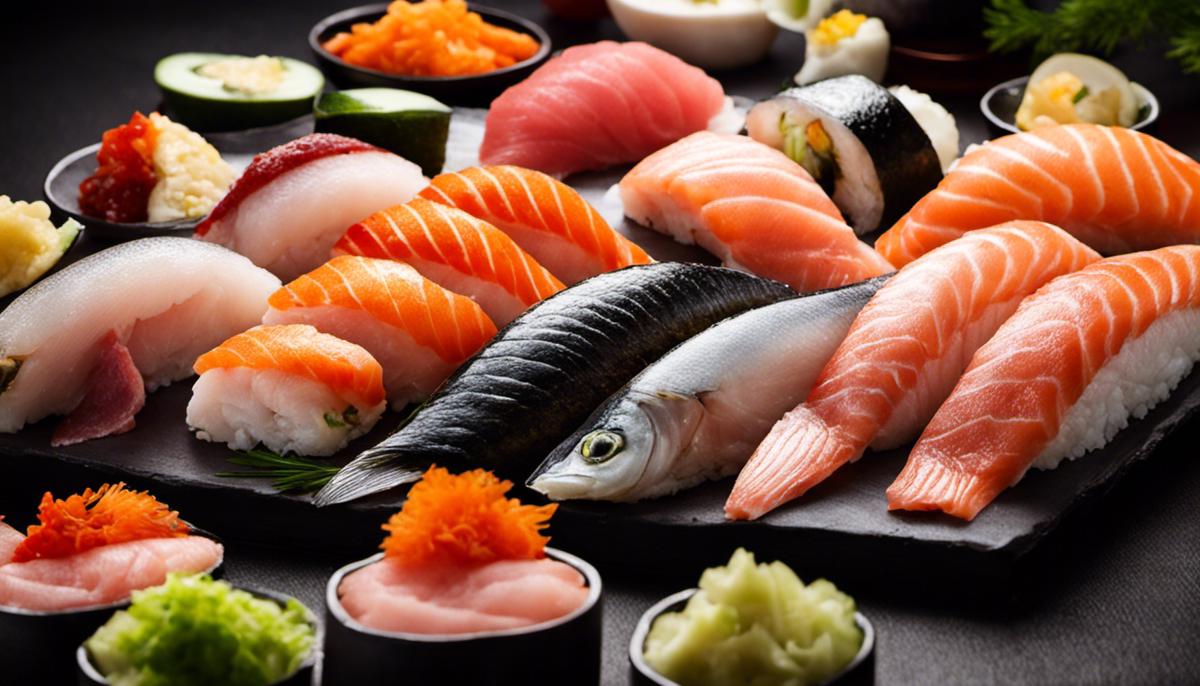
Forming Nigiri Sushi
Now that the rice has been prepared and cooled with the utmost care, we can move on to the next important ingredient: fish. When it comes to nigiri sushi, the focus is on the quality and freshness of the fish. This is a point that never allows for compromise. The selected types of fish should always be of excellent quality and this is exactly why maguro (tuna), toro (fatty tuna), hamachi (yellowtail) and ika (squid) are often the first choices.
Each type of fish has its own peculiarities. They are singular treats that are incomparable in both taste and texture. The tuna is known for its firm, mild flesh, while the toro is prized for its almost buttery texture. Yellowtail has a rich, oily flavor and squid brings a delightfully crunchy texture.
To prepare the fish for nigiri sushi, patience and attention to detail are essential. The fish should be carefully cut along the grain course, while the thickness of the slice should be such that it fits snugly on the rice without overhanging.
Japanese cuisine is known for its care and respect for the ingredients it uses. When making nigiri sushi, you need exactly this attitude. You take a small portion of rice in your hand, press it gently and then place the prepared fish on top. Firm pressure is no friend here. The rice should be shaped to act as a cushion for the fish and fall apart when it reaches the mouth.
It’s an incredible feeling to turn your kitchen into a sushi bar. This one-of-a-kind culinary adventure while sharing a homemade sushi meal is not only a delight, but also sparks curiosity for an excursion into Japanese culinary culture. Creating a successful nigiri sushi is no small undertaking, but it’s this pursuit that makes it so fulfilling and exciting.
A plate full of finely shaped nigiri sushi served on a dining table is more than just a meal. It is an invitation to friends and family to come together and share the moments of enjoyment. A deep-rooted tradition found in Japanese culture perfectly expresses this feeling: “Itadakimasu,” which roughly translates to “I receive this food with gratitude.” It’s a reminder that food is a form of connection – and what better way to embody that fact than a meal prepared with so much love and dedication?
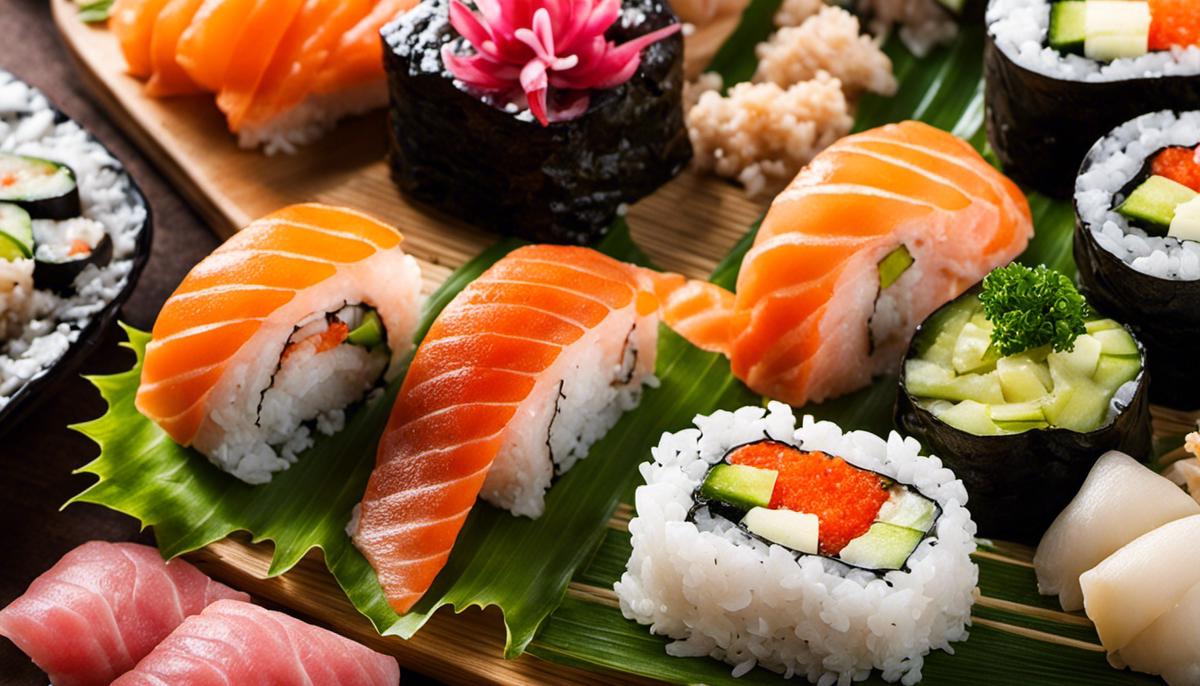
With the right method, a little practice and, of course, respect for the ingredients, any amateur chef can master the traditional nigiri sushi. The art of preparing the perfect sushi rice, the knowledge of how to select and prepare the fish, and of course, the skill of shaping the nigiri sushi – all these elements make the process of making nigiri sushi a culinary experience that is both a science and an art. The practice, patience and passion that goes into every piece of nigiri sushi reflects the essence of traditional Japanese cuisine and offers an amazing insight into its rich culture and heritage.
